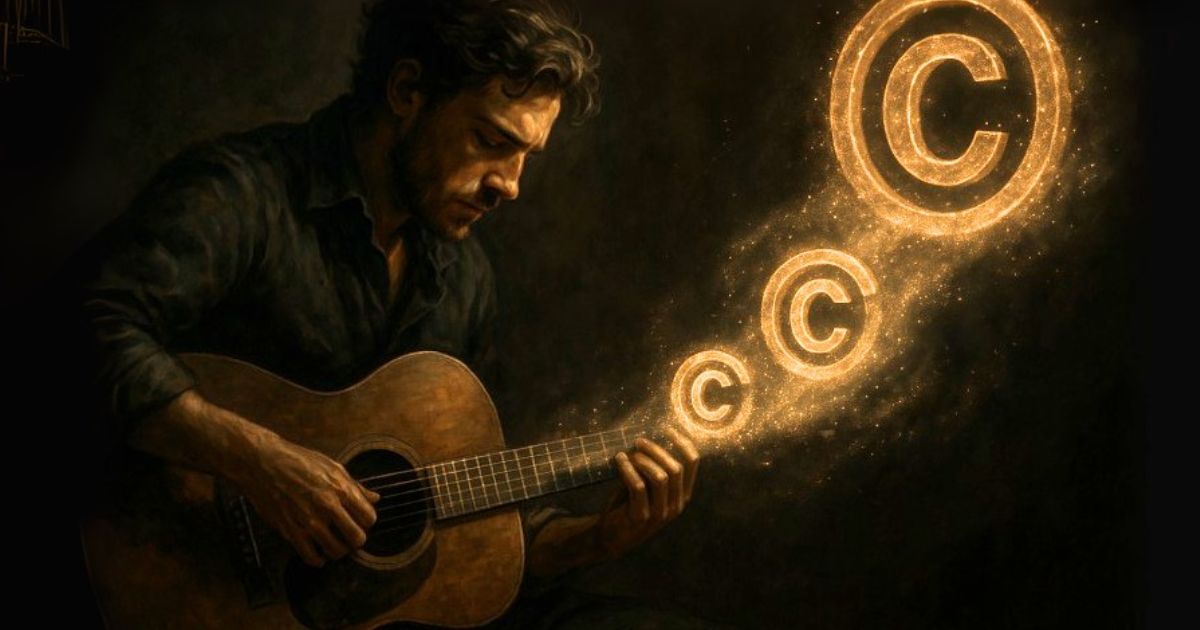Abstract
A song seems to belong to everyone: to those who wrote it, those who recorded it, those who sing it. But when it comes to rights, the reality is more complex.
With ruling no. 12956 of May 14, 2025, the Italian Supreme Court brought order to this complexity, closing a long-standing dispute between Sony Music and the heirs of Lucio Battisti.
Master vs. copyright: the origin of the ony vs. Battisti heirs dispute
Imagine a song as if it were a body with two souls:
- the material soul, the recording, the master kept in the record label’s archives;
- the immaterial soul, copyright, which remains with those who created the music or their heirs.
For years, these two souls coexisted in balance. Sony held the master, SIAE managed the rights, and the heirs collected their share. Then, in 2007, the companies holding Battisti’s copyrights (managed by his heirs), exercising a faculty provided for in the SIAE Statute, revoked the mandate to SIAE.
In practice, this meant that the management of reproduction and public communication rights left SIAE’s domain and returned entirely to the rights holders. From that moment on, in order to continue distributing Battisti’s songs online or synchronizing them, Sony would have had to negotiate a new agreement directly with the companies and heirs.
Hence the dispute: for Sony it was an unjustified and harmful limitation; for the heirs it was the legitimate exercise of a right recognized by copyright law and the contractual framework.
The revocation of the SIAE mandate and the principle of copyright
The revocation of the SIAE mandate by the companies holding copyright brought back to the forefront a cornerstone principle of Italian copyright law, mainly governed by Italian Law No. 633 of April 22, 1941 (“Italian Copyright Law” – LDA). According to this law, the economic rights over musical works (Articles 12 et seq. LDA) belong to the author or their successors and include, among others, the rights of reproduction and public communication, including availability through digital means (Articles 16 and 16-bis LDA).
Although the record label owned the phonographic recordings, the above-mentioned rights are distinct from the rights over the musical works incorporated into those recordings. In fact, Battisti had signed contracts that concerned only the ownership of the original recordings, without addressing their use.
Sony, for its part, mistakenly believed that owning the masters was enough to guarantee use of the recordings without a new agreement, and claimed that the revocation of the mandate had harmed its right to economic exploitation, causing significant losses. In Sony’s view, the heirs should have cooperated, pursuant to the principles of fairness and good faith, to ensure business continuity for the publisher.
The Tribunal and Court of Appeal decisions: why Sony’s Claims were dismissed
The Milan Tribunal first, and then the Milan Court of Appeal, fully rejected Sony Music’s claims. The first reason was the lack of a causal link between the revocation of the SIAE mandate and the alleged economic damage: the judges found no evidence that revenue loss was directly caused by the heirs’ conduct, neither for online distribution nor for missed synchronizations. In other words, the mere revocation of the SIAE mandate alone was not sufficient to establish liability without proof of an immediate and direct damage.
On the merits, the Court of Appeal specifically excluded any unlawful or defaulting conduct by the rights holders and their administrators. After the revocation of the SIAE mandate, Sony had not engaged in genuine negotiations to obtain new direct licenses. No evidence was presented of formal proposals for agreements or synchronization licenses submitted to the rights holders and arbitrarily refused. The Court emphasized that in the absence of such initiatives, there was no unjustified refusal or breach of contractual fairness.
An important aspect of the rulings concerned “social contact liability,” a form of liability developed by case law that applies in situations where there is no contract, but the parties’ relationship generates specific duties of protection and cooperation. However, the Court of Appeal clarified that a generic commercial relationship is not enough; there must be a clear rule of conduct imposed by law. In this case, the record label had not identified any specific statutory provision requiring the alleged conduct.
Thus, the judges concluded that the revocation of the SIAE mandate was a fully legitimate act within the rights of copyright holders and—absent negotiations and a legal obligation to grant licenses—could not generate liability for damages.
Despite these rulings, Sony decided to appeal to the Supreme Court.
The Italian Supreme Court reaffirms the principles: master ownership and copyright do not coincide
The Italian Supreme Court fully confirmed the lower courts’ reasoning, reaffirming fundamental principles of copyright law. First, it clearly distinguished between two levels of protection: on one hand, ownership of the original recording; on the other, the author’s economic rights (Articles 12 et seq. LDA), which remain with the author and their heirs (successors in title). One ownership does not absorb the other. Owning the masters does not authorize the exploitation of the musical works unless consent is obtained from the copyright holders.
As for the revocation of the SIAE mandate, the Supreme Court stressed that it was the legitimate exercise of a right, recognized both by the SIAE Statute and, more broadly, by the principle of free disposition of economic rights by the holder. It was therefore neither arbitrary nor abusive, but a prerogative of the heirs.
The Supreme Court also rejected Sony’s claim regarding breach of contractual fairness and good faith, noting that the burden of proof lay with Sony itself (Art. 2697 Civil Code). Since Sony failed to show evidence of actual negotiations or specific proposals, there could be no unjustified refusal by the heirs.
On the issue of “social contact liability”, the Court recalled its established case law: such liability does not automatically apply to all economic relationships, but only when the law imposes a specific duty of conduct to protect the other party. In this case, there was no rule requiring the heirs to negotiate or to maintain exploitation of the works after the revocation.
In conclusion, the Supreme Court rejected all grounds of appeal.
A precedent for the creative industry
The Italian Supreme Court’s ruling goes beyond closing the dispute between Sony and Battisti’s heirs: it establishes a principle relevant to anyone working in music and, more broadly, in creative industries. The judgment highlights that ownership of the material medium does not equate to ownership of copyright on the incorporated work. These are two distinct legal domains that must coexist, and in order to ensure fair protection and compensation for all parties involved, must be harmonized through appropriate contractual arrangements.
For those working with creative content, this means that every commercial exploitation must be authorized.
The ruling also warns against a common misunderstanding: social contact liability does not fill contractual gaps. Merely having a prior relationship with rights holders is not enough to impose duties of cooperation or continuity. Only a clear, formal agreement – in compliance with the law – can guarantee stability in the use of creative works.
The Battisti case shows how case law consistently affirms that copyright management – in the absence of binding contracts – is fully at the disposal of rights holders, who may modify, revoke, or renegotiate it without such action constituting abuse in itself.
Ultimately, the ruling reminds stakeholders that music is not only cultural heritage but also a complex legal asset governed by precise rules. Ignoring them means exposure to conflicts and losses; understanding and respecting them enables full and secure valorization of creative content.
© Canella Camaiora S.t.A. S.r.l. - Tutti i diritti riservati.
Data di pubblicazione: 22 Agosto 2025
È consentita la riproduzione testuale dell’articolo, anche a fini commerciali, nei limiti del 15% della sua totalità a condizione che venga indicata chiaramente la fonte. In caso di riproduzione online, deve essere inserito un link all’articolo originale. La riproduzione o la parafrasi non autorizzata e senza indicazione della fonte sarà perseguita legalmente.

Margherita Manca
Avvocato presso lo Studio Legale Canella Camaiora, iscritta all’Ordine degli Avvocati di Milano, si occupa di diritto industriale.
